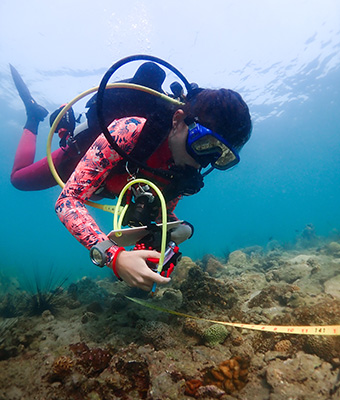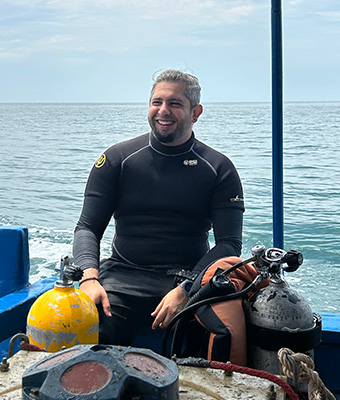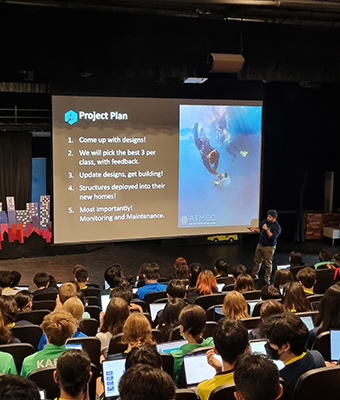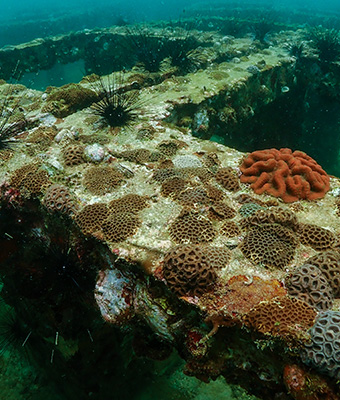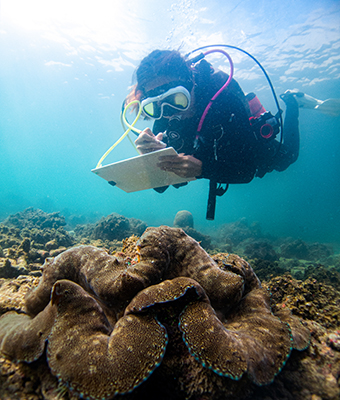Mapping Connectivity of Coral Reefs in the Gulf of Thailand
ATMEC is mapping coral reef connectivity in the Gulf of Thailand to improve coral restoration efforts. The project will collect data during coral spawning seasons in 2025 and 2026 to create a baseline connectivity map, identifying key sites for coral recruitment. Findings will be tested through the deployment of Coral Sanctuary Units (CSUs) over a two-year monitoring period, informing future reef management strategies under DMCR.
Challenge
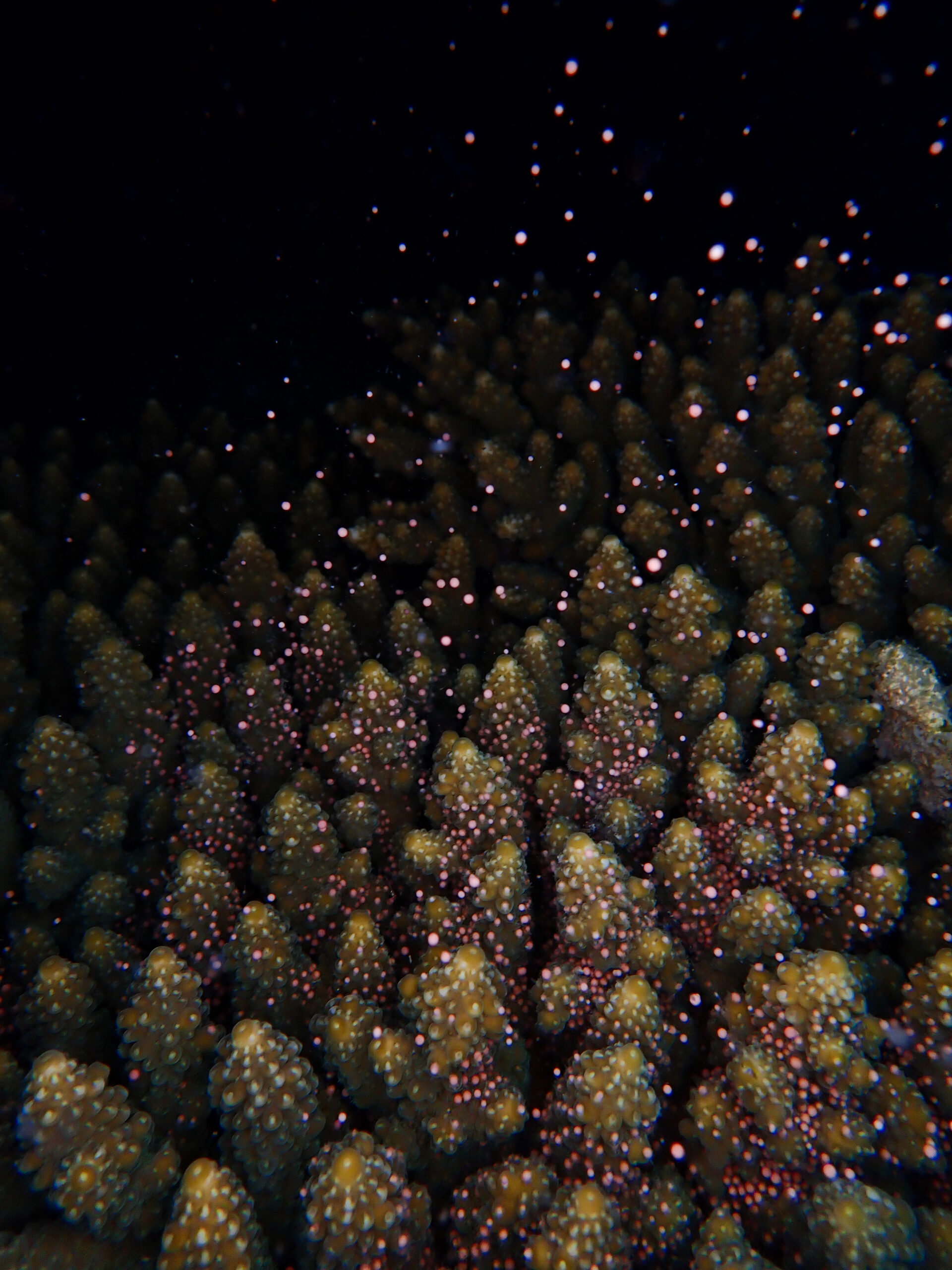 Photo by ATMECPhoto by ATMEC
Photo by ATMECPhoto by ATMECCoral reefs in Thailand are declining due to climate change, habitat degradation, and ineffective conservation strategies. While global research emphasizes reef connectivity, local conservation policies remain fragmented, relying on site-specific interventions rather than ecosystem-wide approaches.
ATMEC’s research highlights the role of ocean currents in dispersing coral larvae, challenging the assumption that local reef health alone drives recovery. Without a data-driven understanding of connectivity, restoration efforts risk being misplaced or ineffective.
By collaborating with DMCR, this project will generate scientific evidence to inform policies that integrate ocean currents, genetic diversity, and climate resilience—ensuring a more effective and sustainable approach to coral reef conservation in Thailand.
Approach
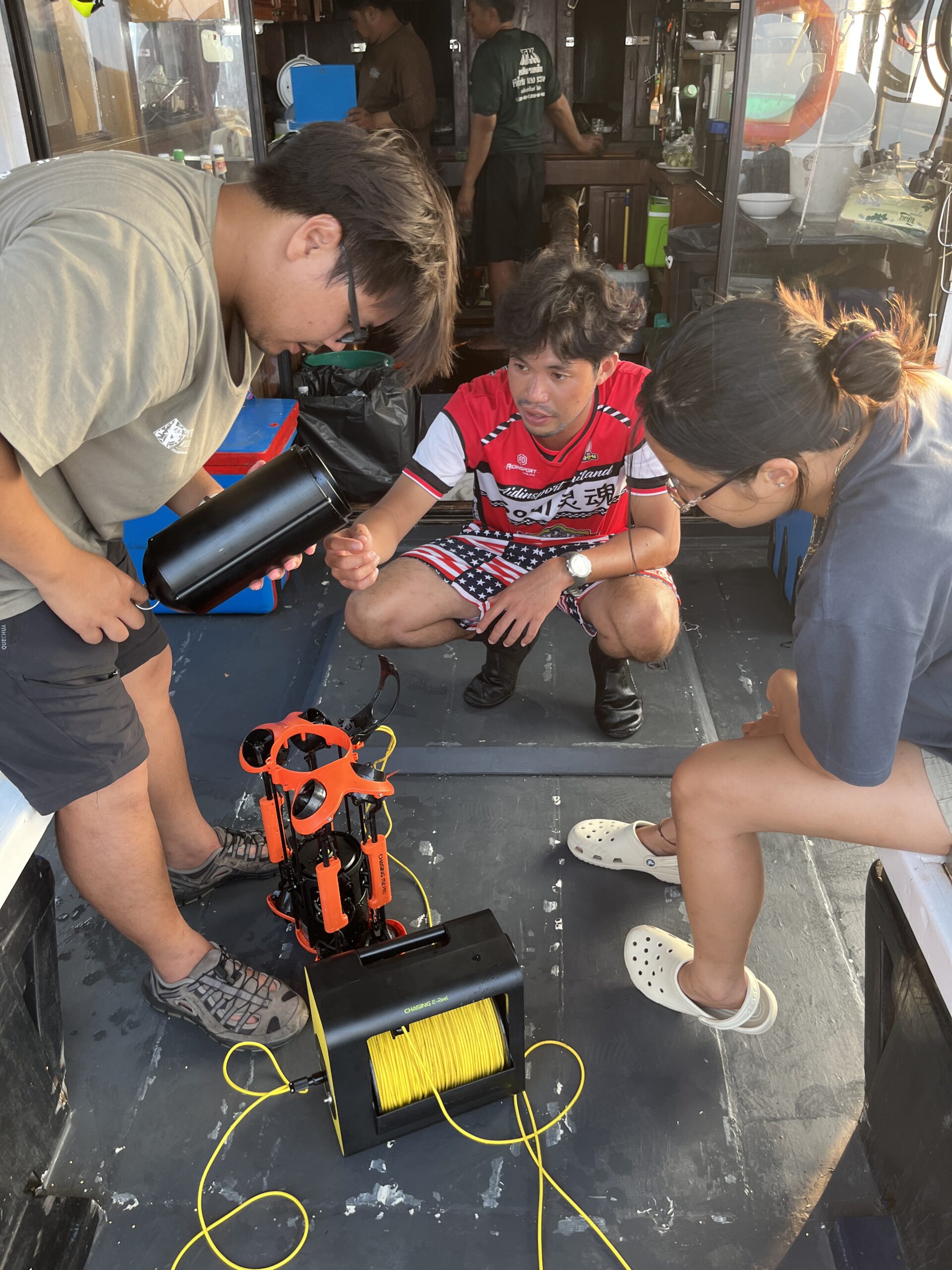 Photo by ATMECPhoto by ATMEC
Photo by ATMECPhoto by ATMECTo map coral reef connectivity in the Gulf of Thailand, the project will first establish a baseline model by identifying key coral spawning and recruitment sites. These locations have been selected based on past observations of reliable spawning events and high-quality recruitment data.
Field data collection will take place during coral spawning seasons in February, March, and April of 2025 and 2026. Satellite drifters and flow velocity data loggers will be deployed at these sites to track real-time ocean currents and larval dispersal patterns. Data from the satellite drifters, connected via the Iridium network, will be analyzed against baseline models to refine and validate findings, ensuring a more accurate understanding of coral larvae movement.
After hydrodynamic data is gathered, optimal sites will be selected for the deployment of Coral Sanctuary Units (CSUs)—modular, prefabricated concrete structures designed to enhance coral habitat. These artificial substrates will be placed in locations with the highest potential for natural coral settlement, followed by a two-year monitoring program to assess coral recruitment success and habitat enhancement.
To bridge science with policy, the project will conduct two policy dialogues to present findings and advocate for evidence-based marine conservation strategies. The first, scheduled for late 2025, will focus on preliminary hydrodynamic model results, while the second, at the end of 2026, will showcase the final connectivity map and its implications for coral reef management. By integrating ocean current data, genetic diversity considerations, and climate resilience factors, this initiative aims to inform national marine conservation policies and improve reef restoration efforts in Thailand.
Outcomes
Through this partnership with ATMEC, we hope to enable:

